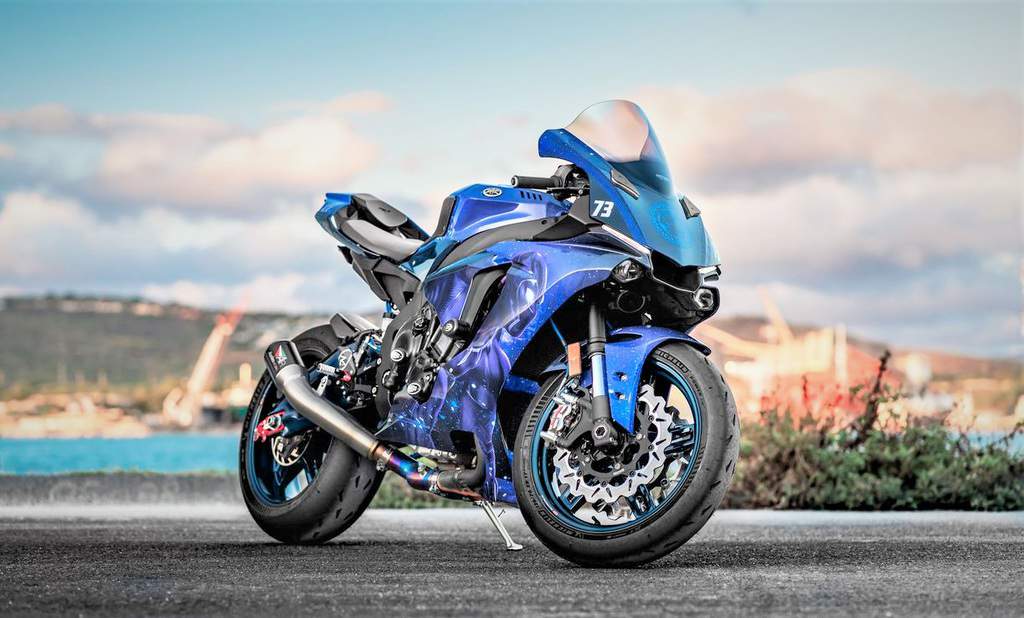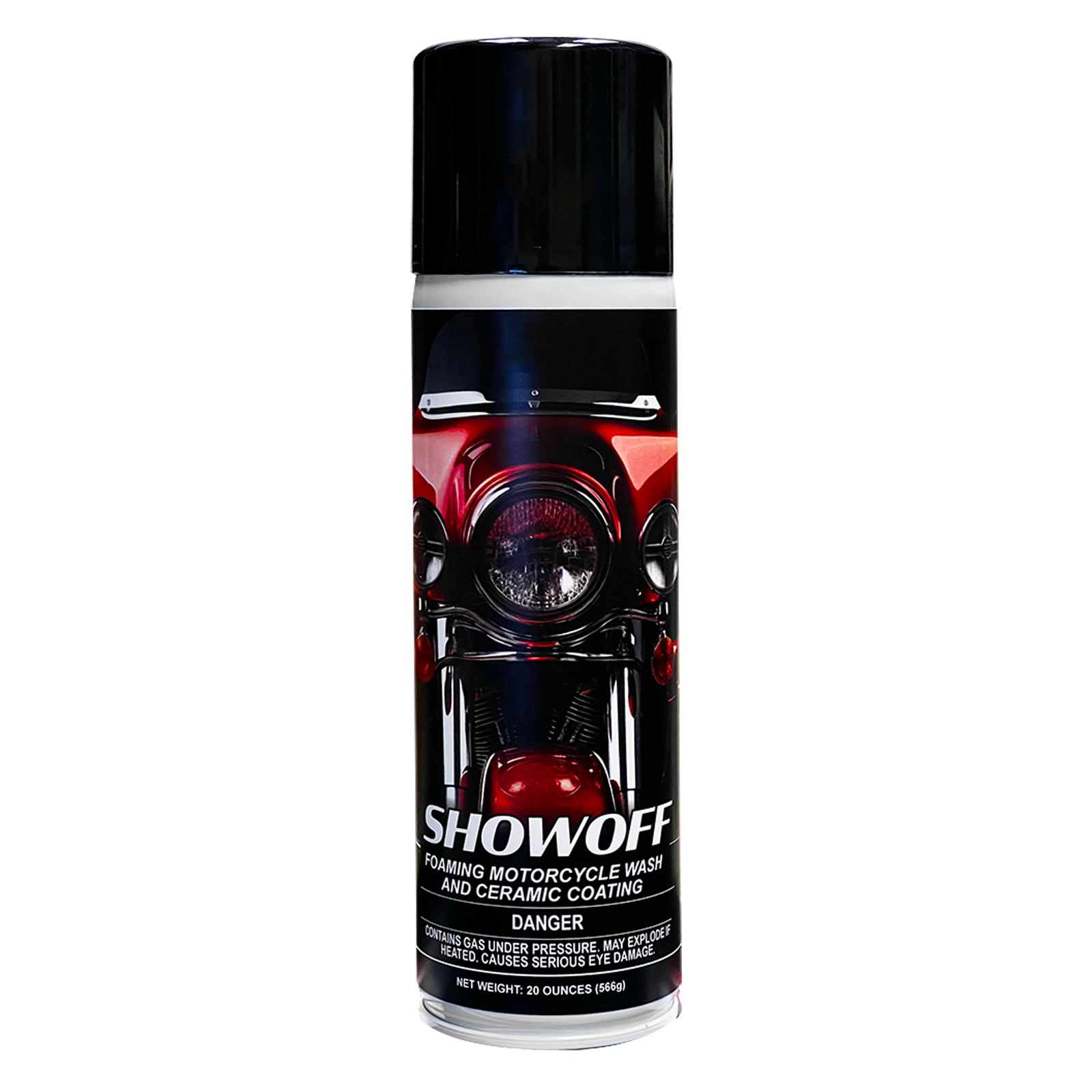Finest Motorcycle Ceramic Coating: Superior Shine and Long-Lasting Security
Let Loose the Possible of Your Motorbike With Ceramic Covering: a Comprehensive Step-By-Step Overview

Benefits of Ceramic Finishing
Enhancing the longevity and appearance of your motorbike, ceramic covering offers a safety layer that repels dirt and impurities, making upkeep simpler and extending the life expectancy of the vehicle. This cutting-edge finish develops a semi-permanent bond with the surface of the motorbike, producing a hydrophobic barrier that stops water areas, oxidation, and UV damages. By reducing the bond of dirt and grime, ceramic layer not just maintains your bike looking immaculate but also minimizes the need for regular washes and detailing.
Additionally, the chemical resistance of ceramic finish guards the bike's paint from extreme chemicals and toxic wastes, such as bird droppings and tree sap, that can trigger etching and staining. This safety layer also supplies UV security, preventing the paint from fading or discolouring in time as a result of sunlight direct exposure. Eventually, buying ceramic layer for your bike not only improves its visual allure but additionally simplifies maintenance regimens and preserves its condition for several years to come.
Essential Tools and Products
What important tools and materials are needed for applying ceramic covering to your bike? To efficiently apply ceramic layer to your motorcycle, you will certainly need a set of necessary devices and products.
Various other needed devices consist of applicator pads or towels for spreading out the ceramic finish, concealing tape to secure delicate areas from accidental application, and handwear covers to keep your hands clean during the procedure. It is also recommended to have some isopropyl alcohol accessible for cleaning up the surface area of the motorbike before applying the ceramic covering. Lastly, having a well-ventilated office or working outdoors is critical to guarantee correct ventilation while applying the ceramic finish to your motorbike.

Preparing Your Motorcycle Surface Area
Before applying ceramic coating to your motorcycle, complete surface preparation is essential to ensure optimal attachment and long life of the layer. Beginning by cleaning your bike with a pH-neutral hair shampoo to eliminate dirt, oil, and impurities. Use a microfiber cloth to dry out the surface area entirely. Next off, evaluate the paint for any my site flaws such as scratches, swirl marks, or oxidation. Address these issues by brightening or intensifying the influenced locations.
After dealing with any kind of flaws, make use of an alcohol-based paint cleaner to further clean the surface and eliminate any remaining deposits. This action is essential as it ensures a tidy canvas for the ceramic finishing to bond effectively. As soon as the surface is tidy and smooth, use a paint prep or surface area prep product to remove any type of staying oils or residues that might impede the bonding process.
Using Ceramic Coating
Having actually meticulously prepared the surface of your motorbike, the next vital action is the exact application of ceramic layer to make sure lasting defense and a glossy finish. Shake the ceramic layer bottle well prior to use to assure an uniform consistency.
As soon as used, permit the coating to heal for the suggested time as per their explanation the producer's instructions. For ideal outcomes, avoid revealing the motorbike to water or various other components for at least 24 hours to permit the ceramic covering to fully heal and bond to the surface.
Maintenance Tips for Long Life

Checking your motorcycle consistently for any type of indicators of damages to the ceramic coating, such as chips or scrapes, and resolving them immediately can assist keep the integrity of the covering. Applying a ceramic covering booster or spray sealer every few months can likewise help revitalize the coating and offer extra defense against environmental elements.
Lastly, saving your motorbike in a garage or go to this website covered area when not being used can secure it from long term exposure to sunlight, rainfall, and other harmful factors that can put on down the ceramic finish - motorcycle ceramic coating. By complying with these maintenance tips, you can guarantee that your motorcycle's ceramic coating stays sturdy and efficient for an extended duration
Final Thought
Finally, ceramic covering can greatly boost the appearance and security of your bike. By complying with the essential steps laid out in this guide, you can release the complete potential of your bike and guarantee its longevity. Appropriate prep work, application, and maintenance are vital to maximizing the benefits of ceramic finishing. Buy the required devices and products, and delight in the durable results of a well-protected motorbike surface area.
It is additionally suggested to have some isopropyl alcohol on hand for cleansing the surface of the motorcycle before applying the ceramic covering. motorcycle ceramic coating. Having a well-ventilated workspace or functioning outdoors is essential to make sure appropriate air flow while applying the ceramic covering to your motorcycle
Before using ceramic layer to your bike, detailed surface preparation is necessary to guarantee optimal bond and long life of the finish.Having thoroughly prepared the surface of your motorbike, the following critical step is the precise application of ceramic coating to make sure long-term protection and a shiny coating. For ideal outcomes, prevent revealing the motorbike to water or other aspects for at least 24 hours to allow the ceramic covering to totally treat and bond to the surface area.